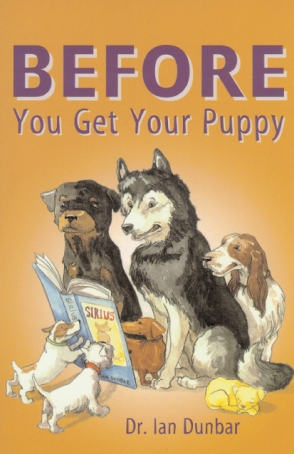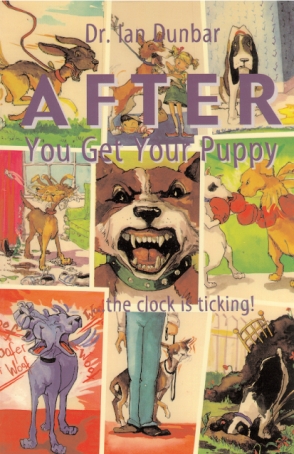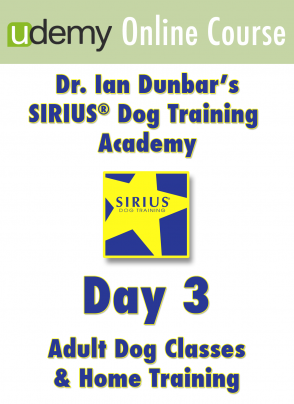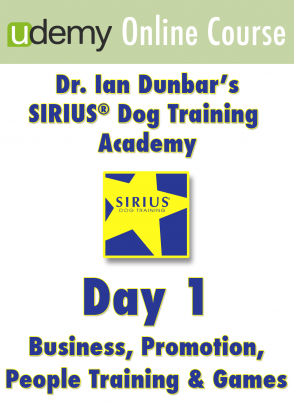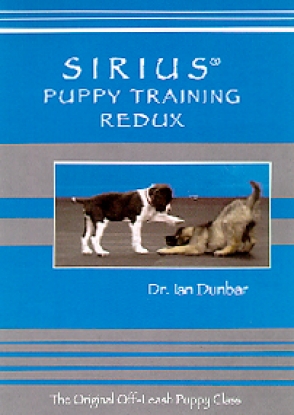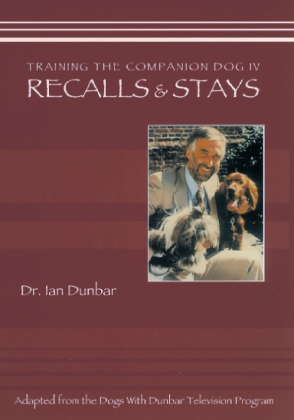When you get a new puppy, you need to meet six developmental deadlines before your puppy is just five months old. Know what they are BEFORE you get your puppy!
DogConSys
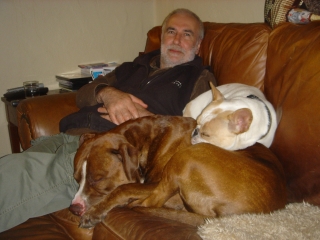
I find that the non-aversive punishment technique that I described in my last blog works even better if you signal to the dog the relative urgency and importance of your instructions.
Most of the time, especially around the house, we ask our dogs to do things… and sometimes they do, sometimes they do eventually, and sometimes they don’t. For example, just last night, I instructed all three dogs to get up and go out for a last-chance pee and all three dogs remained where they were. Hugo and Dune hunkered down into the couch and Claude remained motionless in his big armchair. His eyes were open and he was looking right at me but I could see that he had absolutely no intention of moving a muscle. In fact, my dogs ignore me a lot of the time. But this is perfectly OK because I don’t want the dog on alert 24/7. I want the dogs to be able to relax at home most of the time, BUT, just very occasionally I want an immediate and reliable response. So, I have developed an extremely effective Dog Control System — I call it DogConSys and for the most part we have two levels, DogCon 1 and DogCon 2 .
Most of the time we live at DogCon2 and I call the dogs by their informal names, Hugie, Dunie (or, Dunie Baby) and Claude. When I use these names plus requests like “Come’ere”, “Come along”, “Settle down”, or chill, they know that my instructions are merely suggestions, or invitations. Yes, it would be cool if they responded but on the other hand, it’s perfectly fine if they don’t. This is our home, not a military boot-camp. On the few occasions when I really want my dogs to comply promptly and reliably, I immediately shift to DogCon1 and use the dogs formal names, which basically mean: “Hey good buddy, listen to the next word, it’s a must-do instruction for you.” They have learned that when we are on DogCon1 alert, I will always follow up.
Having a two-tiered command system allows both you and the dog to relax most of the time. The dog knows he only has to pay absolute attention whenever you use his formal name. And you know that you only have to be absolutely consistent in training when giving commands using the dog’s formal name. However, when you use the dog’s formal name, you must ALWAYS follow up.
This system also works well with family members, especially children and spouses. All you have to do is change their name, for example from Jamie to James, and they know that you require immediate attention and compliance.
So, back to last night. I knew that both Hugo and Claude definitely had to go and so I said, “Hugo Louis, Let’s go pee” and “Claude Hopper Dupree, Outside”. On hearing their formal names, both dogs jumped up and headed toward the front door. Even Dune came along for the ride. (He never likes to miss Hugo peeing. Weird, I know… but hey, it keeps him off the streets.)

